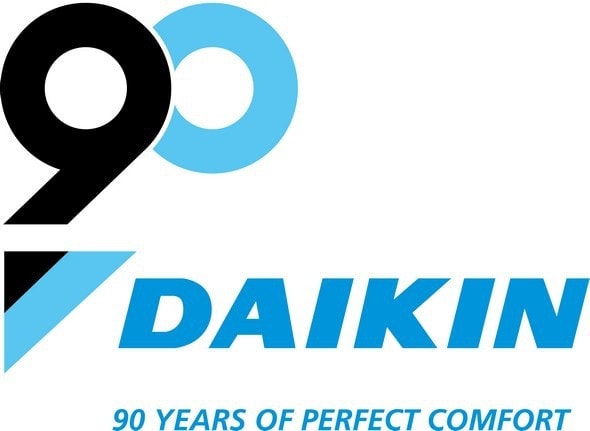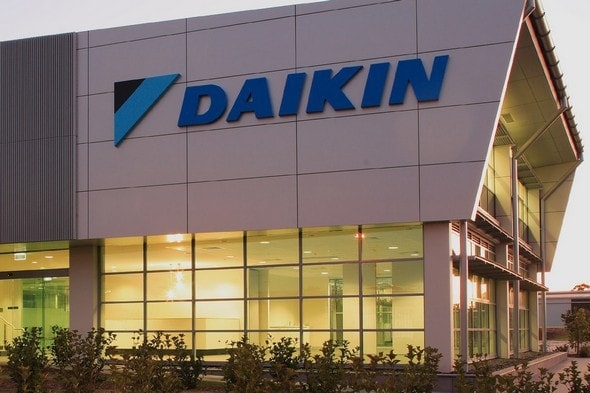Daikin Industries Limited an HVAC company that is headquartered in Osaka, Japan is a leading manufacturer of air conditioning solutions for residential, commercial, and industrial purposes. A refrigeration expert Daikin has an in-built capability of creating an entire line of products ranging from refrigerants to air-conditioners, Daikin though headquartered in Japan is also immensely popular in regions like China, Southeast Asia, Europe as well as North America.
Some of their popular products include various types of air conditioners, air purifiers, and related accessories. The company registered an annual turnover of 17.6 billion USD and the company is the market leader in air conditioners in Japan. The company also has the presence in chemicals market and makes defense systems.
Table of Contents
Strengths in The SWOT analysis of Daikin
Strengths are defined as what each business does best in its gamut of operations which can give it an upper hand over its competitors. The following are the strengths of Daikin:
- Futuristic vision: Daikin has a future driven outlook in its core values and philosophy.The value created by the business is through anticipating the future needs of the business. The company envisages to maximize corporate value and also emphasizes on the importance to the environment.
- Strong focus on air conditioning systems: Daikin has undeterred focus on the HVAC systems and does not think beyond air conditioners., It is this focus that has helped in becoming a market leader in the domain.
- Commitment to environment and society: Daikin manufactures air conditioners which are highly risky for the environment primarily because of the emissions it creates. The company tried to apply technologies that are environmentally friendly and these become the benchmark in the industry.
- High level of ethics: The company follows a strict code of ethics and the guidelines for legal compliance look at various aspects like the safety of products, fair competition and trading, protection of IP rights, the disclosure of information and adherence to labor laws.
- Certifications: Some of their certifications include OHSAS18001 for Quality Safety Management, ISO 14001, ISO 9001, AHRI for Quality and ASME U Stamp.
Weaknesses in The SWOT analysis of Daikin
Weaknesses are used to refer to areas where the business or the brand needs improvement. Some of the key weaknesses of Hitachi are:
- Changing demographics of customer: The customers are ever changing and their demand is also changing continuously. This is creating a huge challenge for consumer durables business.
- Increased cost of raw materials: Daikin sources its raw materials from various parts of the world and this is increasing the costs of sourcing. The costs of raw materials are highly fluctuating which is creating pricing challenges.
- High prices: In the consumer segment and household segment, Daikin is a premium player and in comparison to popular brands like IFB and Voltas the customer perceives Daikin as over priced. This affects the volumes of the business.
- Poor promotions: In comparison to competitors Daikin is not a very well known name. The company suffers from poor brand recall and low recognition. This has affected the overall branding of the business.
- Poor presence in other consumer durables segments: Daikin has strong presence in air conditioners but unlike their competitors who have the strong presence in other domains like smartphones, refrigerators which gives them higher goodwill in comparison to Daikin.
Opportunities in The SWOT analysis of Daikin
Opportunities refers to those avenues in the environment that surrounds the business on which it can capitalize to increase its returns. Some of the opportunities include:
- Increased market potential for HVAC segment: The HVAC segment is expected to grow at a rate of 22 % to CAGR to get to an annual potential of USD 174 billion by the year 2022. Cooling equipment will own the major share in the HVAC market.
- Growth in APAC markets: The HVAC segment is predicted to grow the sharpest in the APAC markets. The steepest growth will be in countries like China and Japan. This makes it imperative that Daikin should look at APAC seriously.
- IOT: In the consumer durables market, the next big thing is going to be Intenet of Things. In IOT there will be a surge in demand for self-controlled gadgets that are smart.
Threats in The SWOT analysis of Daikin
Threats are those factors in the environment which can be detrimental to the growth of the business. Some of the threats include:
- Competition: The main competitors of Daikin areHitachi, LG, Samsung, Whirlpool, IFB, Carrier, and Panasonic etc.
- Unpredictable trends: Most countries across the world are in a state of financial turbulence. In addition to this, there is fluctuation in material costs and the currency and exchange rate fluctuations the market is highly dynamic.
Liked this post? Check out the complete series on SWOT

